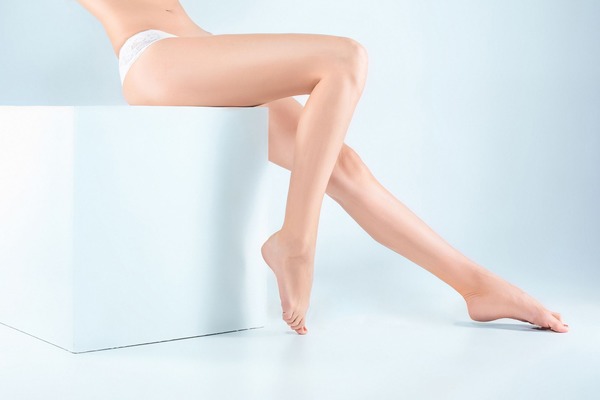
Varicose Veins
What is it
Widened, overgrown plexuses of the superficial veins of the lower extremities. They pose a visible aesthetic problem, and if not treated, they can lead to complications in the form of blood clots. The disease is more common among about 40% of women and about 20% of men.
The reasons
The most common causes of varicose veins include: obesity, prolonged standing, hormonal disorders, pregnancy, and limb injuries.
The disease is chronic and prone to reoccur.
The most common aesthetic problem are the so-called "spider veins" on the legs. These dilated, small blood vessels indicate a difficult outflow of blood from the venous system.
Procedure
If they are superficial vessels, they can be safely removed thanks to sclerotherapy. It is currently the least invasive, safest method, with no cuts, scarring and no recovery period.
The procedure is performed using a thin needle and consists in introducing preparations into dilated vessels that "stick" the veins together, which in turn causes their complete removal. The preparation used in sclerotherapy is polidocanol (Aetoxysclerol). It is a proven and very effective, safe drug, that allows you to remove both small spider veins and large veins on the lower limbs. It is an excellent alternative for people who do not want or cannot undergo a classic surgery. Systematic closure of diseased veins is the best prophylaxis against the development of subsequent stages of venous insufficiency.